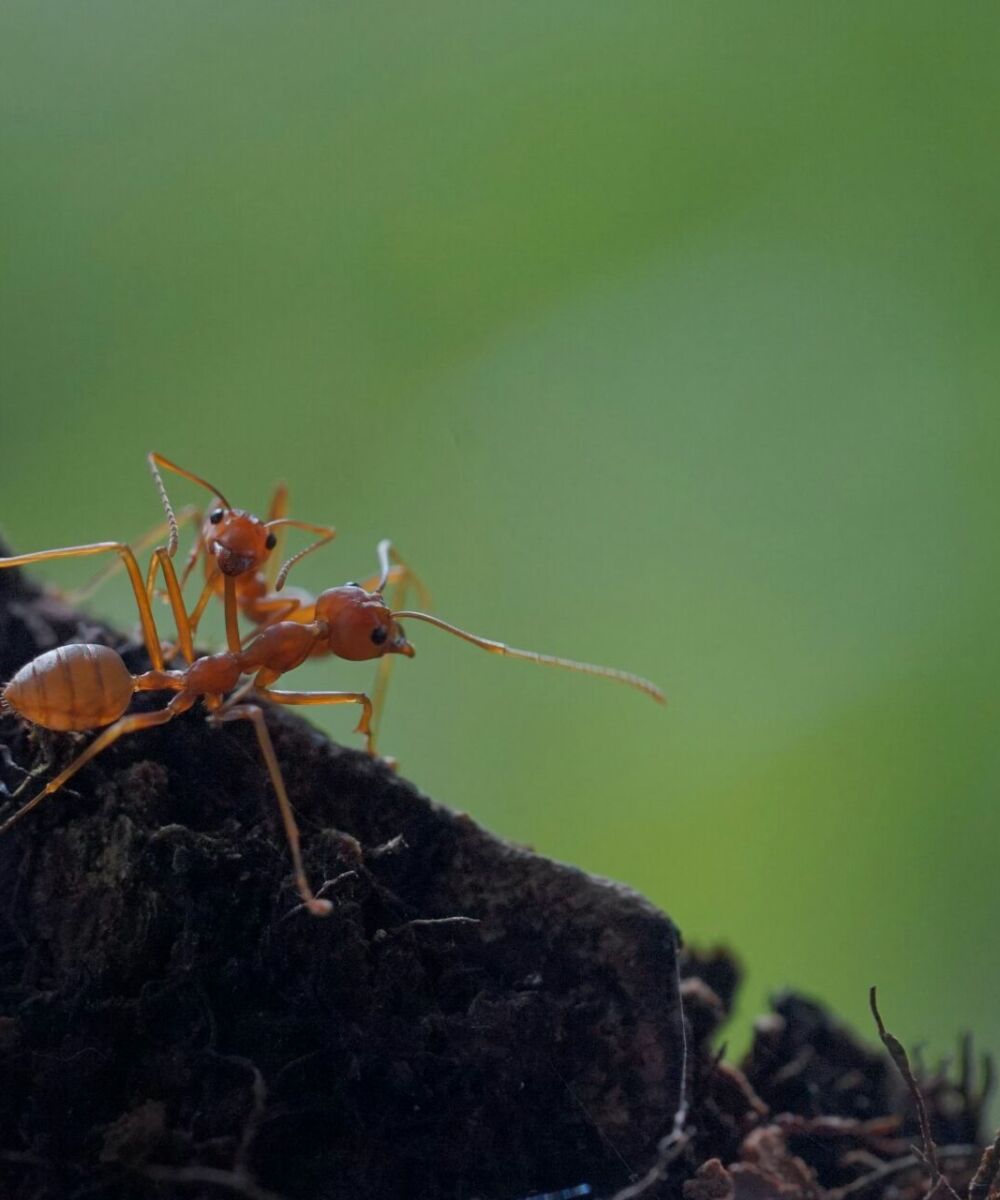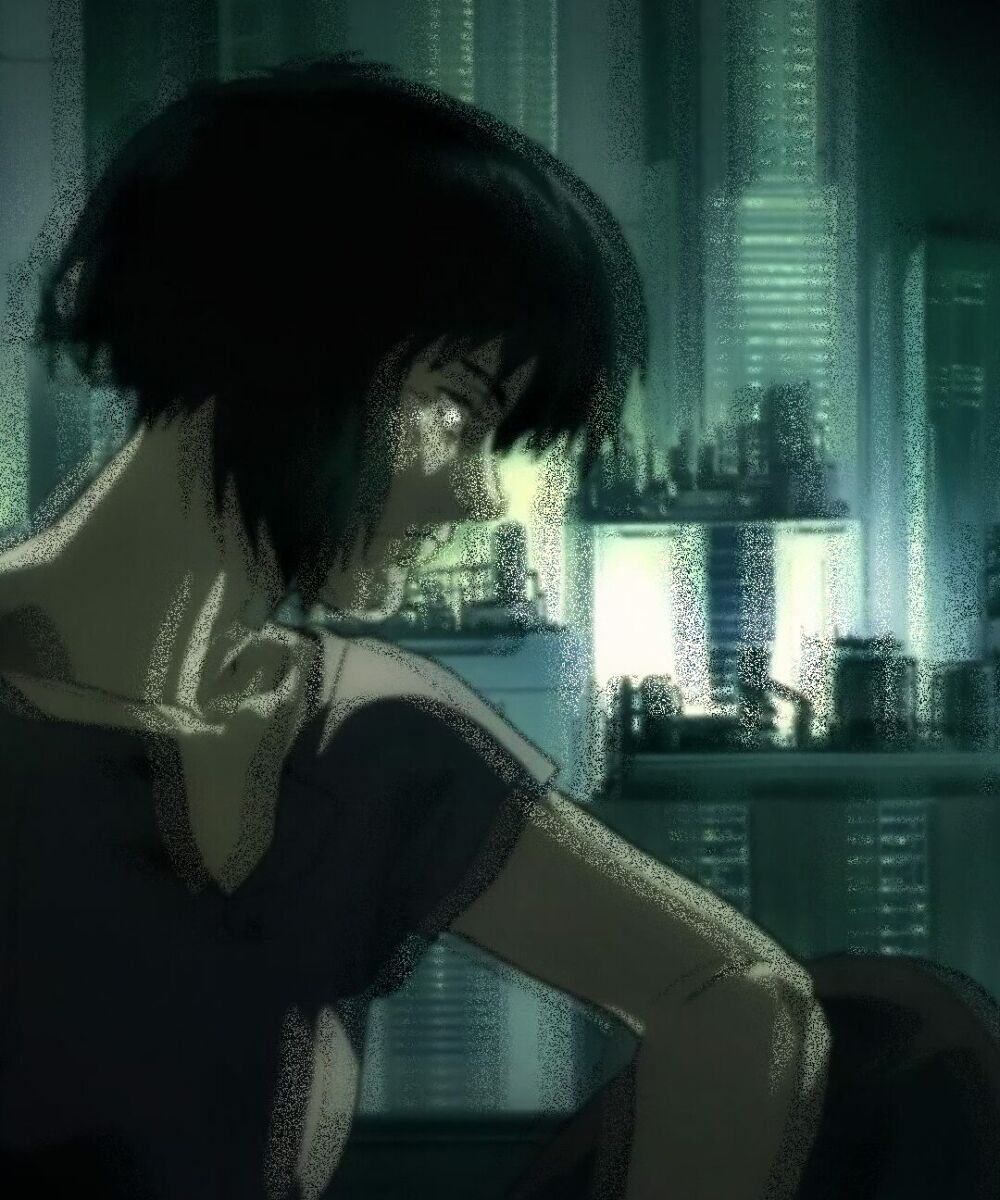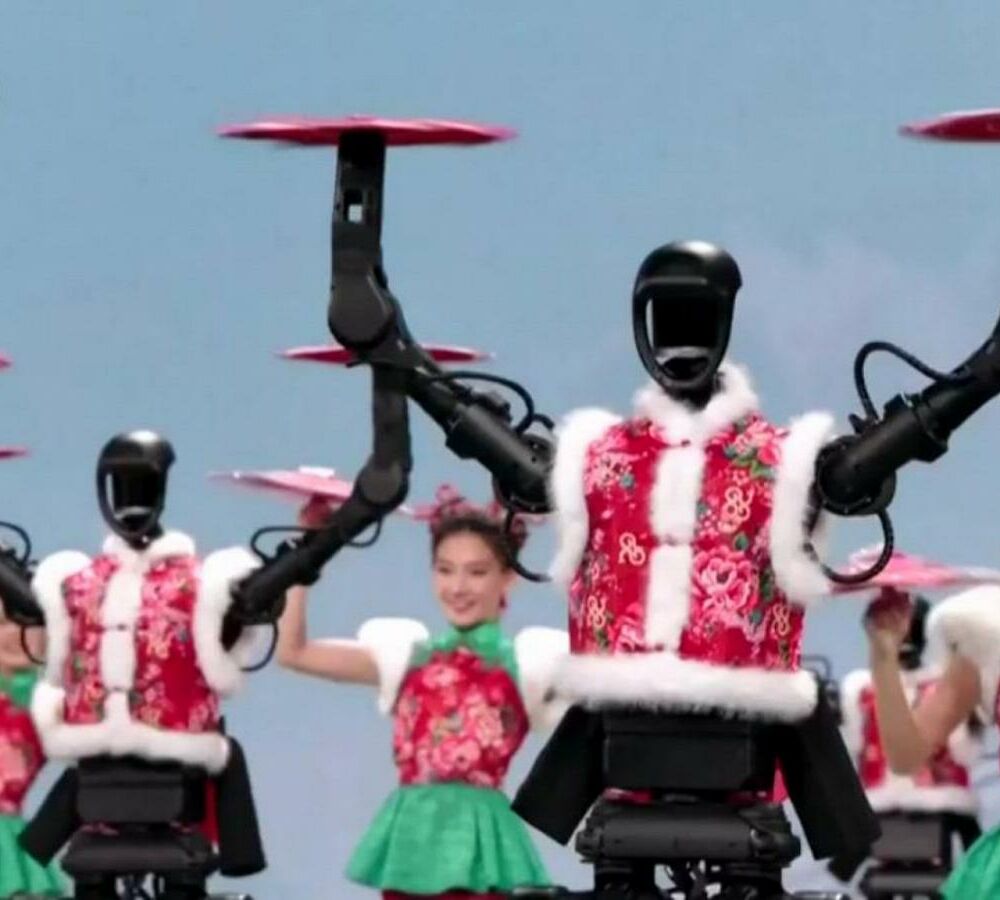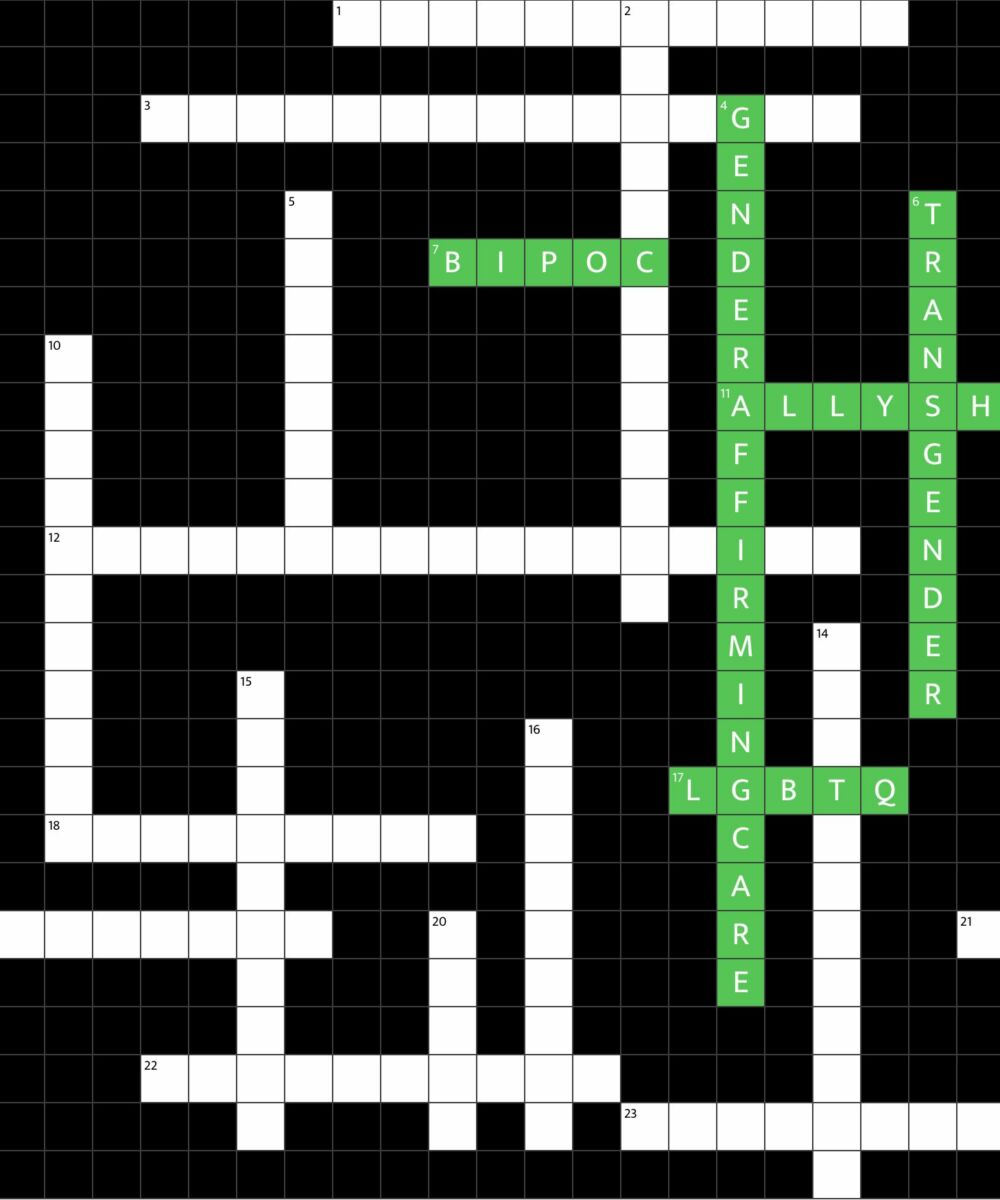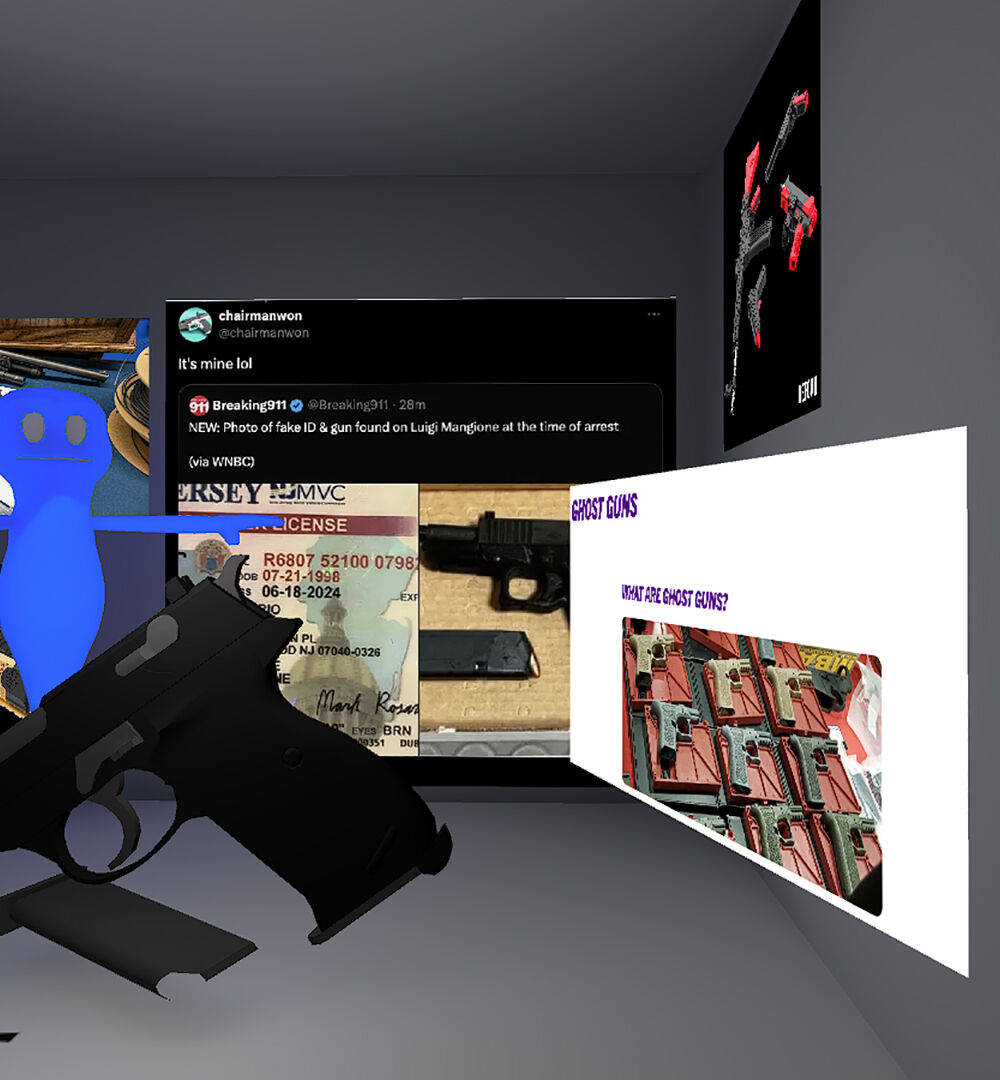Reframing Crises behind fantasy patterns and typographic delicacies
by Arianna Iodice
Maria Azovtseva was born in 1977 in St. Petersburg. Her first education was in music pedagogy, where she trained as a choir conductor, and she later obtained a second education as a culturologist. In 2015, a year after the Russian annexation of Crimea, Maria left her hometown of St. Petersburg for Tallinn, Estonia. Since 2023, she has been living and working in Florence. In 2021, she became the publisher and creative director of BL8D — an annual magazine-researcher for creators. The first issue of the magazine, published in 2022, became an anti-war manifesto.
The term blud is a reference to a leitmotif that characterizes Slavic folklore tales about a particular form of wandering. Could you introduce us to its meaning and value in the conception of the publishing project?
In some Slavic languages, the term blud is associated with two verbs — Wander and Fornicate.
“To Wander” refers to an eternal wandering through a labyrinth, something you find yourself in with no hope of getting out, a winding road that leads you along the path of various adventures without understanding how it all might end.
“To fornicate” is to be dissolute, to commit debauchery, to commit adultery, to indulge in sin, to do some kind of nonsense.
Initially, this name was given to the project in a sarcastic manner: in 2021, three people without any budget or serious experience in publishing decided to create their own magazine, so our fashion director called our idea ‘blud’, having in mind the two meanings of this term. When we came up with the project in 2021, we didn’t even imagine what “adventures” this title would bring us in the future.
Reading and looking at the volumes published so far, it is immediate to perceive a careful curatorial work that transversally valorizes both the cultural proposal of this project and its visual identity. Can editorial work be considered an art form? What are the founding themes that characterize the research of this project?
Let’s start with the fact that the magazine we publish is a design object. We in no way consider our work as an art project. Yes, we work with contemporary artists, photographers, designers, but BL8D is not a catalog of their works or a gallery of contemporary art in printed format. For us, modern artists and their way of interacting with the world, is a subject for conversation, an opportunity. Through dialogue with them, to pull to the surface their concepts, meanings, ideas that pulsate in modern space and which in the future could become the basis for future creative projects of our readers. We don’t do art. Together with artists, photographers, and designers, we illustrate the meanings and create visual shells for the images and stories discussed in the magazine. As for the choice of topics let’s be honest, this is an act of self-therapy. I would probably have to write about something conceptual to answer this question, but if you are really interested in why BL8D was born, I will have to make a short excursion into history. So,
I was born in Leningrad, in 1977. There are a lot of families like mine. The entire space of the former Soviet Union today is woven from such family stories. After the revolution in 1917, some of my relatives were dispossessed and their houses were taken away. The fathers of my grandparents were repressed during the time of Stalin and died in labor camps. My father was an engineer, built space satellites, went to Baikonur every year, but died on the territory of the plant where he worked all his life: after the fall of the USSR, industry collapsed, and he simply drank himself to death. In the 90s, my mother raised my sister and I alone, there was no food, and only humanitarian aid from Germany saved us. From the Germany with which my grandfather fought. My childhood passed against the backdrop of the war in Afghanistan, my teenage years against the backdrop of the war in Chechnya. Then, amid the explosions of residential blocks of flats in 1999 in Buynaksk, Moscow and Volgodonsk, Putin came to power… There was the death of sailors on the Kursk submarine in 2000 and the famous “She sank” [Putin’s answer to Larry King]. Terrorist attack in Beslan in 2004, War with Georgia in 2008. Back then I did not yet know that one of my great-grandfathers was Georgian, from Megrelia. Annexation of Crimea and the War in Donbass in 2014. Ten years ago, not only Putin, but a huge part of the population of a large state in the very center of Eurasia opened the gates to Hell and on February 24, 2022, the country in which I and my colleagues were once born attacked the peaceful sovereign state of Ukraine… And we know that this is not the end of the story, right?

Now let’s return to BL8D.
Hidden under the guise of an art book with bright illustrations, it is an act of group therapy. The project, which was originally conceived as a professional trend book, became for us the only possible way not to lose our minds. Reflections, fantasies, fears of people who were once born during the collapse of the Soviet Empire, and who are experiencing one crisis after another. This is not a plaintive song, it is a “song of the times”1. The semantic concept of each issue is always connected with some global current processes, the roots of which go back to the past, and the consequences anticipate the future and determine it. It is our way of interacting with time and history. An attempt to build cause-and-effect relationships between the past, present and future.
1 Reference to the “Chronicle of Past Years,” a historiographical text attributed to Nestor of Pečers’k, ca. 1116 A.D.
In the second volume entitled E la nave va (2023), a common thread that binds together the selected artworks seems to be the theme of hallucinatory dreaming. What reflections produced the choice of this theme? What other topics does the second issue of BL8D address?
L'UMANITÀ DEVE FARE I CONTI CON DEGI STRUMENTI CHE POTENZIALMENTE POTREBBERO ESSERE MOLTO DANNOSI
As you correctly noted, the common thread in the visual design of the second issue is the theme of sleep. But a very important point: the theme of sleep is used exclusively as a visual device, I would even say as a therapeutic technique. The second issue was not created in Estonia, but in Italy, where we moved at the end of 2022. In 2023, the thesis “everyone is tired of the War” began to circulate both in the information space and in private conversations. Most of our friends and colleagues with whom we made the first issue moved to Europe. In their conversations, the War sounded less and less, and more and more we heard about the plans for the Future, exhibitions, festivals…
Do you know why there is so much text in the second issue? Long interviews! It’s time. The time it takes for an artist, who at the beginning of a conversation cheerfully reports on how everything worked out well for them or that they are above any political games, after 2-3 pages you read, to appear as a frightened child who has nightmares about nuclear bombs. Therefore, this illusion of normality is revealed – destroyed – in the second issue in a completely different way, just like in a psychotherapist’s office, through a long conversation and stories about dreams. Conversations about War are hidden behind a bright, sparkling cover, behind fantasy patterns and typographic delicacies. But this is a trap. To make a reader think about unpleasant things, you have to be cunning.

The main narrative of new media seems to suggest an intrinsic link between the possibilities offered by native digital media and the theme of dreams, hallucinations and possible\dystopic futures. The artworks selected in the second issue of BL8D belong to which field of tools? Which possibilities of expression have they opened up?
The second issue discusses the Future with artists or, more precisely, the Possibility of inventing, generating the Future in circumstances when the attitude towards the past is constantly changing, and the present as such does not exist. Hence some visual techniques, in which artificial intelligence appears, without which the Future can no longer be imagined. If the issue gives the impression of some kind of “artificial environment”, then we have succeeded in implementing our main visual concept, since the Future is something that does not yet exist, a fiction, an illusion.
In the first chapter, Island, you can find a series of photographs that were generated by Yan Yugay especially for us.
For Yan Yugay, a professional photographer, this was the first experience of creating a series based on AI, and it is his experience in photography that makes this series unique: there is not a single random detail in terms of composition, color schemes, or choice of characters. In my opinion, this is the best case for using AI as a working “photographer” that I have seen so far. A chapter that is almost entirely devoted to modern technologies and protection against them is the fourth chapter Brave New World. This is an interview with Anton Bundenko. It is this chapter that is illustrated by the largest number of generated images, including a very bright series by Zhenya Filatova, The Alien Among Us.
You know how it says on some packages “gluten free?” So in the remaining four chapters there is not a single image where artificial intelligence was used — it’s “AI free”. It’s probably hard to believe when you look at the series of self-portraits Gusi – Lebedi taken by Valeria Burliuk during her trip to Iceland. Or a diptych of two portraits closing the second issue, which was painted by the artist Theic Camilo Nunez. But the fact remains that in the four chapters of the second issue there is a lot of work of our photographers, designers, artists and, of course, our printing house, which was able to realize it all.

The project started in Estonia and then moved to Italy. Why did you choose Florence as the city of choice where to continue your work and production? Do you have any future plans for BL8D to be tied to this territory?
We had been planning our move since the end of 2021. For me, a creative director and my husband, a sculptor, Italy is an endless source of inspiration. It so happened that we got married in Estonia, exactly one day before the start of the War, on February 23, 2022. On February 25, we had to go to celebrate our honeymoon in Italy, which we had long planned. I don’t remember anything from that honeymoon, only endless tears, rage and hatred for those who started this war. Florence is a city in which we felt enormous support during that period. Back then it was an instinctive feeling that here, in the land of Tuscany, saturated with beauty and art, we would find support and strength to move on. Now I can say that it was the right choice. After two years of our stay here, we are still in love with Florence and admire its people, their dignity and the resilience with which they survive the endless invasions of tourists.
The reason why we decided to develop our project here is best described by Fabio Picchi in his book “FLORENCE: Walking Through Food and Culture”. Among the many advantages of being a Florentine, he points out the following:
“You discover the art of emotional silence”
For each of our annual issues, we collect a huge amount of texts, photos, illustrations, concepts, and sources of inspiration. To digest such a colossal amount of information, the body simply needs to sometimes be away from the bustle of the city. Florentines have the unique privilege of observing world heritage sites in privacy, enjoying the silence. You just need to choose the right observation point. Our immediate plans related to Florence are the opening of the workshop BL8D: a mixture of an open office and a gallery, where we will show the work of those designers, photographers and artists who work together with us to create the magazine.
To learn more about BL8D’s work you can find the site here and stay up to date on their projects on their instagram channel.



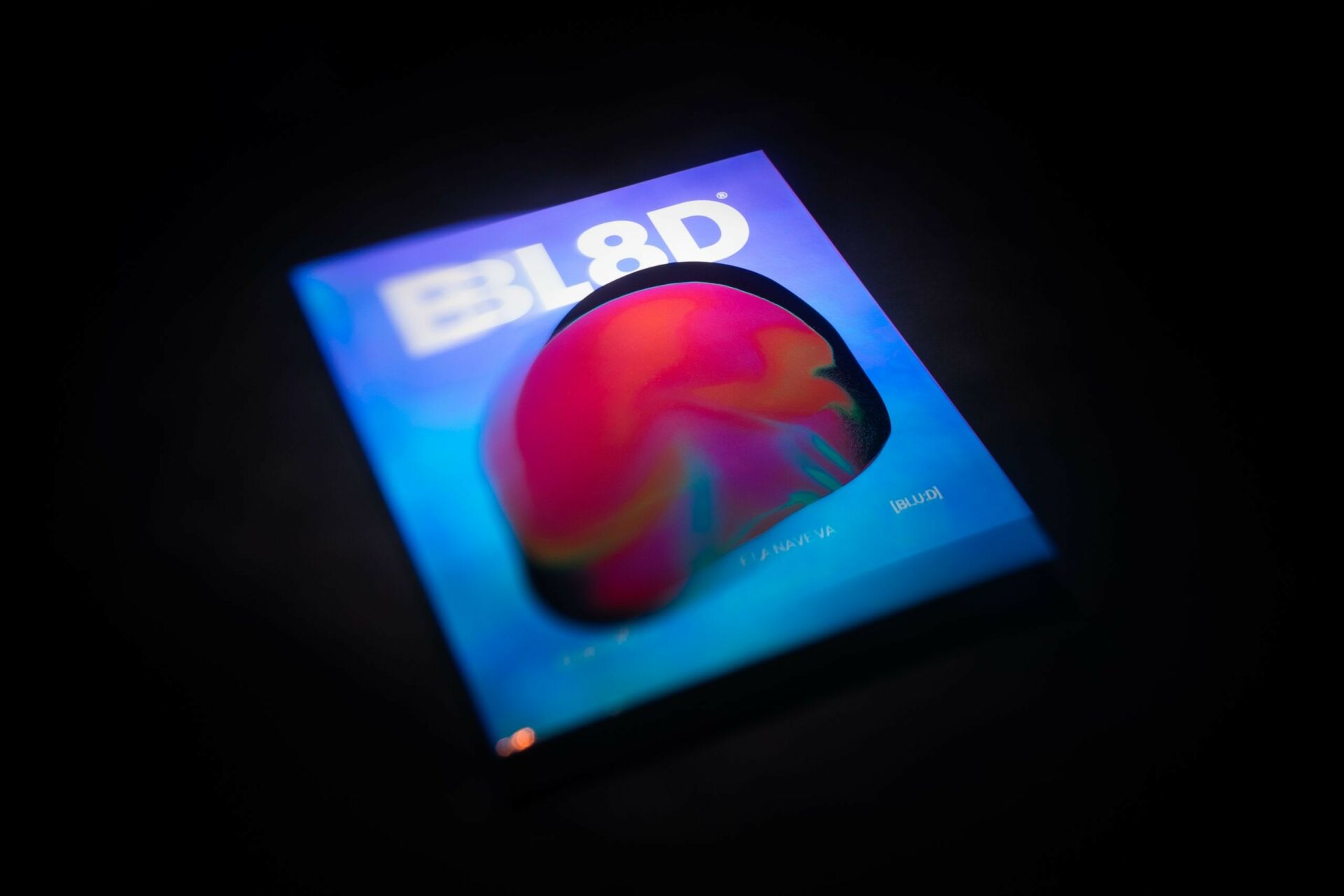



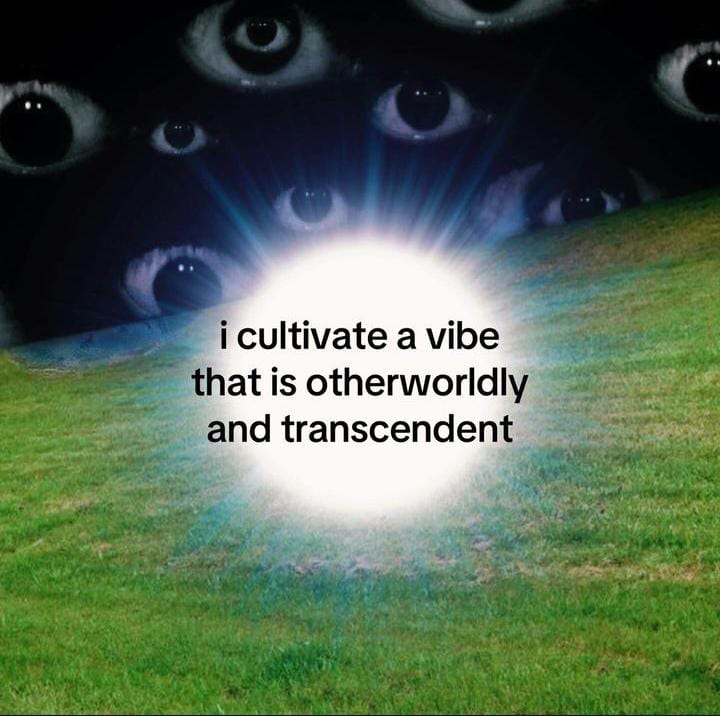


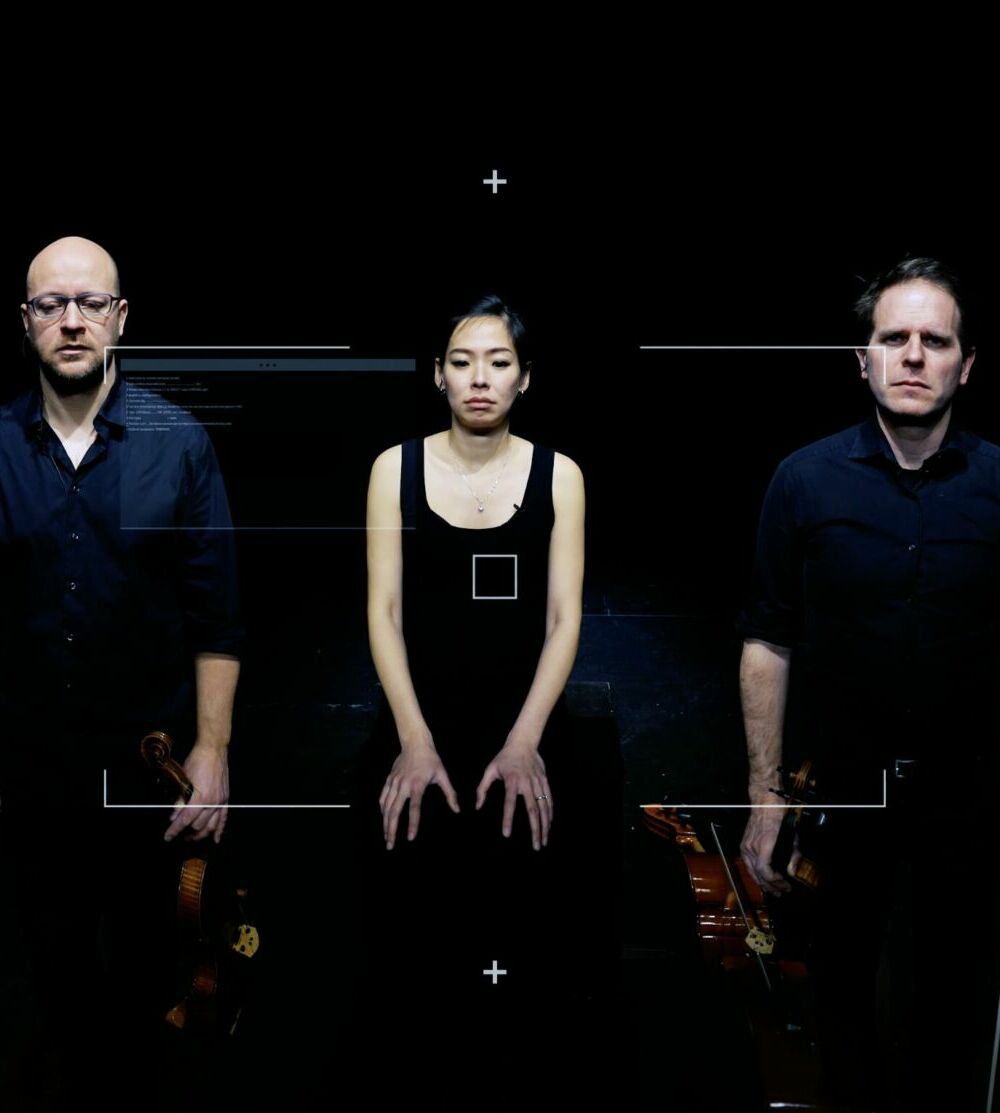
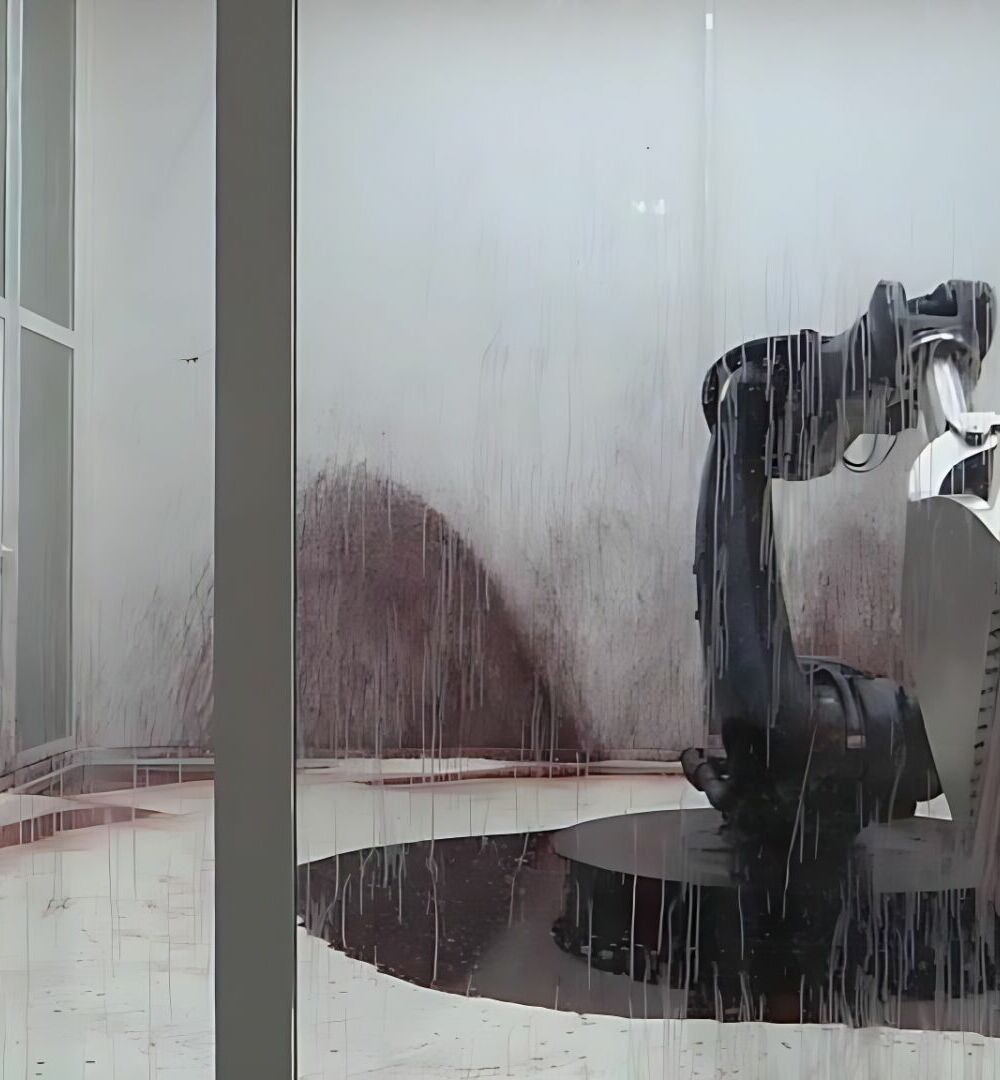







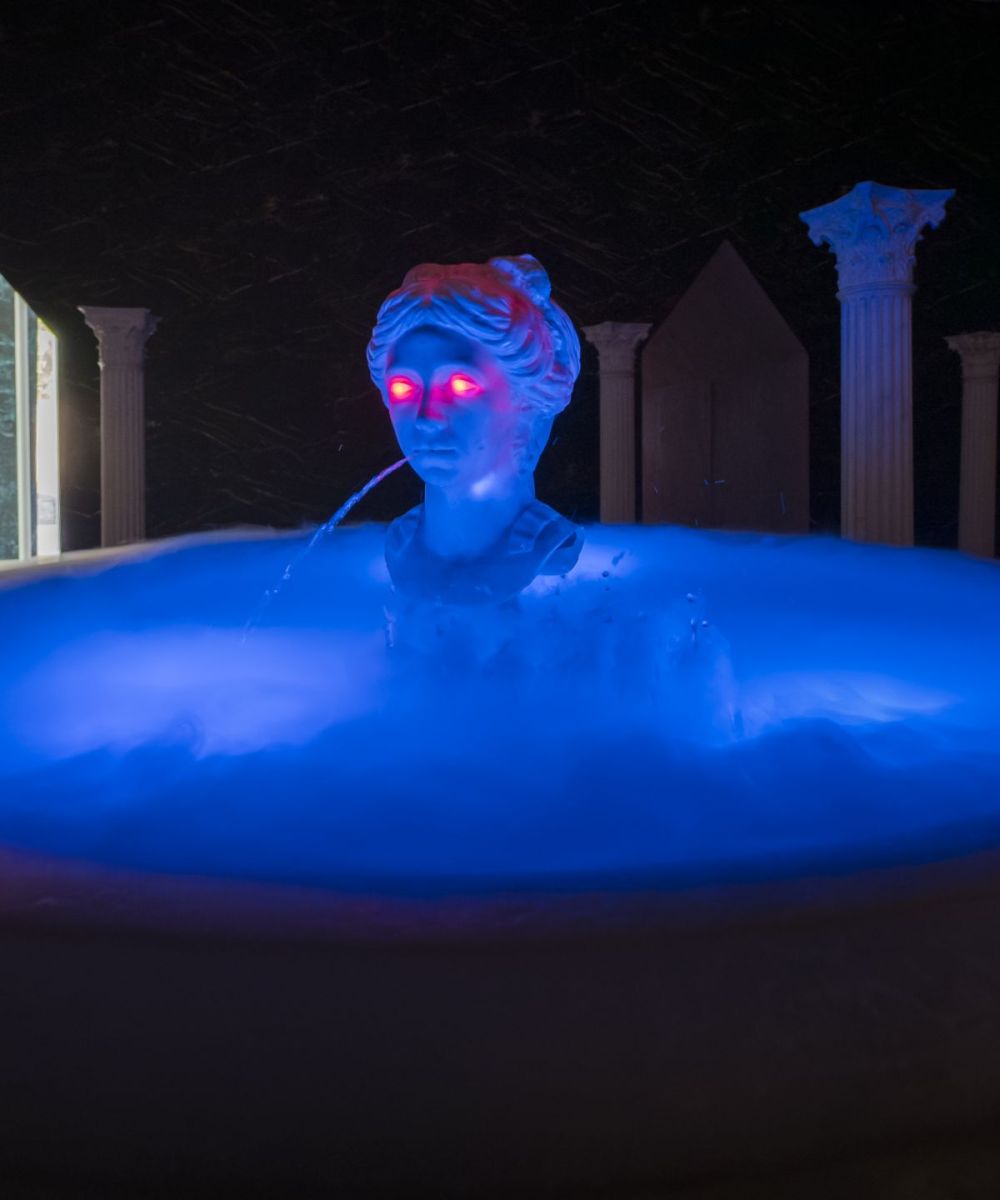
![The Topologies of Zelda Triforce (Patrick LeMieux, Stephanie Boluk, 2018) [image from itchio]](https://www.the-bunker.it/wp-content/uploads/2025/06/The-Topologies-of-Zelda-Triforce-Patrick-LeMieux-Stephanie-Boluk-2018-image-from-itchio-thegem-product-justified-square-double-page-l.jpg)




